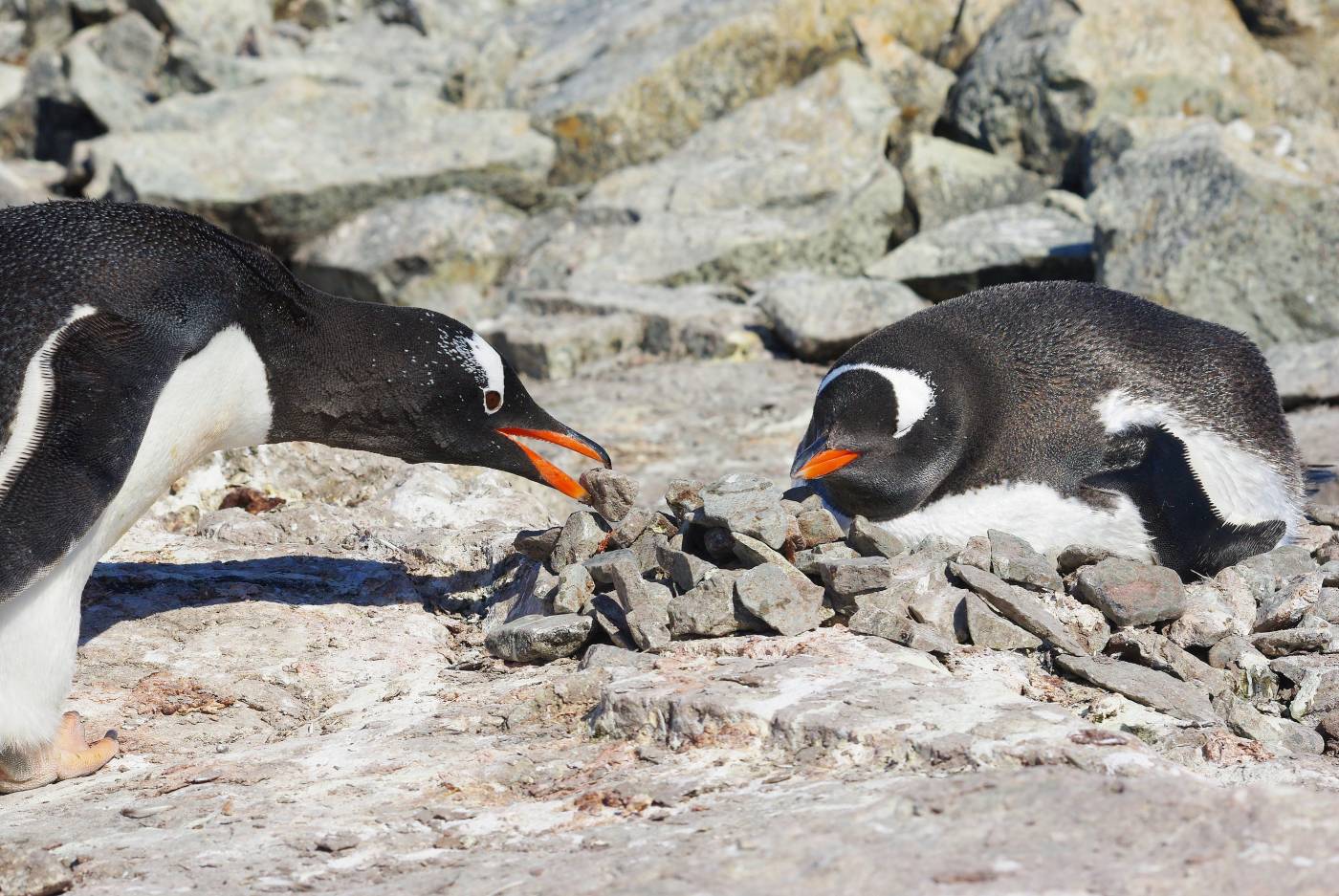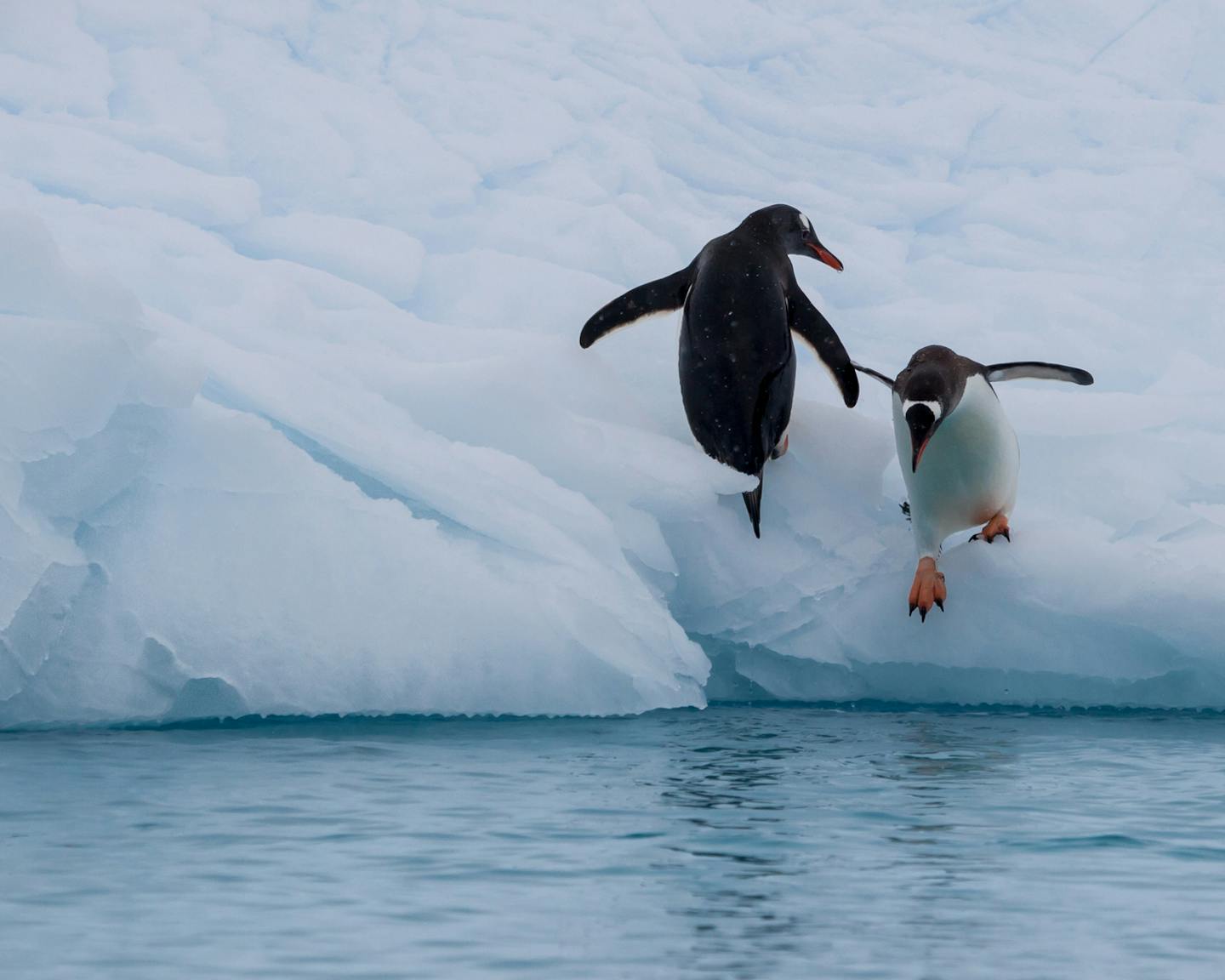Gentoo penguins gift one another stones to show their love
June in the Falkland Islands brings about one of the most unique courtships in the animal kingdom. It’s now winter in the southern hemisphere, and as the ice begins to freeze around the Antarctic, gentoo penguins emerge out of the waters they’ve been feeding in all summer long. Not just to simply breed but to find a mate for life. The young male gentoos, about one to two years old, present their worthiness to a female with a gift: a stone, perfectly shined from the ocean’s waves. Males must make sure the female they are giving the stone to is single. Of course, in gentoo culture, infidelity is punished with banishment from the colony. If a female is impressed, she too will find a stone, and they will go back and forth collecting the perfect rock collection until a nest is built. A home for them to start a family.

Gentoo penguins are the third largest penguins, growing to about 2.5 feet and weighing around 12 pounds. They stand out amongst the white snow and grey rocks of their habitat with their bright red-orange beaks, coral-colored feet, and the quick thrash of their heads being thrown back when they make their loud trumpeting call. The origins of their name is a mystery. Gentoo was an Anglo-Indian term to distinguish Hindus from Muslims, and some hypothesize that the distinct white patch on the bird's head resembles a turban. Others claim the name comes from the Spanish Juanito or “Johnny.” Regardless of title, these birds are the fastest underwater swimmers of all penguins, reaching speeds of 22 mph. Mostly feeding on crustaceans, the Gentoos use their speed to catch the occasional fish, too, and have been reported to dive up to 450 times per day. However, this agility is also used for creating that perfect stone nest.

Once a couple has completed their structure, the circular pile of rocks can be almost 8 inches high and 10 inches wide. The nest takes weeks to build, is properly constructed for the drainage of melting snow, and is rigorously guarded. An unattended nest can be stolen or its best rocks taken, making neighborly disputes a constant within the colony. Two eggs are typically laid, and the parents share incubation. After 35 days, the chicks hatch, and after another 30 days, all the chicks in the colony come together and form a crèche or a type of ‘penguin daycare’ in which all the adults care for each other's young.
The gentoo penguin population is strong, with total breeding numbers estimated to be over 600,000 birds. Yet, their home is one of the most vulnerable to climate change as Antarctica begins to thaw. Gentoo penguins are the flagship species of the Northeast Antarctic Peninsula Tundra ecoregion, located in the Antarctic Peninsula & Scotia Sea bioregion (AN2).



